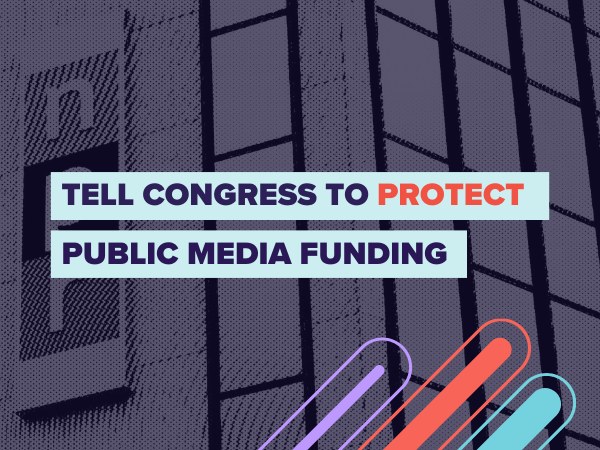Media and technology are essential to our democracy. We fight to ensure they’re used for justice.

Photo by Flickr user Stephen Luke
The Issues
Through groundbreaking research, relentless advocacy, and vibrant activism we change media to realize a just society.
Help Us Fight
for your rights to connect and communicate

About Us
Free Press was created to give people a voice in the crucial decisions that shape our media.
